Hello!
The thing about business is that there’s always something new. It can be an innovation in production processes or a new way of marketing a service. Nevertheless, nothing stands still for long. This is very much the case when it comes to the currency of business.
Currency is fluid and subject to change just as much as any other area of business. Much more than just cold, hard cash, the new currency for business currency trends over the decades has ranged from credit to favours to support between businesses.
Counting the cost for business
As we launch into a new, a new business currency trend is emerging - and it’s not the one you may be thinking of. In recent years, we’ve been hearing a lot about cryptocurrency and blockchain. We also learned how they are set to revolutionise business.
 In fact, even Nasdaq's boss, Adena Friedman, has expressed her opinion. She said that digital currencies will play a huge role in the future of all business.
In fact, even Nasdaq's boss, Adena Friedman, has expressed her opinion. She said that digital currencies will play a huge role in the future of all business.
There’s no doubt that cryptocurrencies and blockchain will feature largely in the future. However, that’s not the trend that we’re talking about.
For this brave new decade, the new currency trend for business is transparency. If you want to introduce transparency and change to your business, you can do it without affecting your business culture.
With great power comes great responsibility
The new trend is what, you say? Yep, you heard that right - transparency is what we’re all going to be talking about this year. The internet gives us all kinds of opportunities to set up businesses, market products and connect with customers and potential customers.
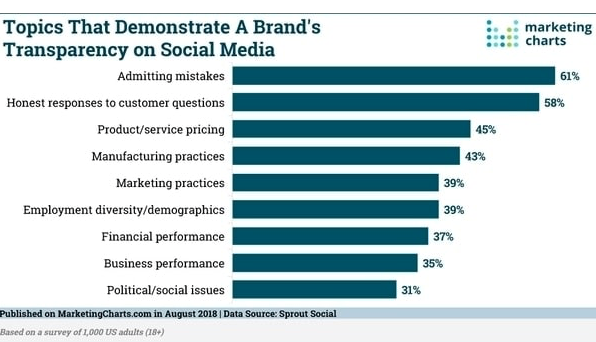 It also gives businesses the opportunity to snoop on people and gain immediate insights and data on customers and potential customers by using sentiment analysis tools such as Brand 24 for media monitoring. This has, of course, led to misuse by unscrupulous businesses over the years. Misleading ads and a culture of over-promising and under-delivering have all been powered by the internet over the past decade.
It also gives businesses the opportunity to snoop on people and gain immediate insights and data on customers and potential customers by using sentiment analysis tools such as Brand 24 for media monitoring. This has, of course, led to misuse by unscrupulous businesses over the years. Misleading ads and a culture of over-promising and under-delivering have all been powered by the internet over the past decade.
This is, unfortunately, the nature of the beast when it comes to the digital world. In fact, people can present any image that they wish to without the power to back it up in the physical world. This is never more true than it is on social media where people present ‘airbrushed lives’ to their friends and peers. For businesses, social media means reaching potential customers at low or no cost. Subsequently, this has led to abuse by scammers who can set up fake businesses and receive payment for non-existent products for less than the price of a Happy Meal.
The tide is turning
 Brand transparency is important and can help you win over your consumers. As people become more savvy about the internet and the potential for dishonesty, businesses are now discovering that transparency is a much more powerful currency than anything that has gone before it.
Brand transparency is important and can help you win over your consumers. As people become more savvy about the internet and the potential for dishonesty, businesses are now discovering that transparency is a much more powerful currency than anything that has gone before it.
Much more than just being honest and not ‘conning’ or scamming customers, transparency is a culture for businesses to live by. A YouGov survey revealed that 49% of UK banking customers felt that their bank was actively dishonest . It was in conclusion to the fact that there is an increased amount of information available to them through the internet.
As customers gain access to more and more information about businesses, transparency is not just important. It is in fact essential for a business’s survival. Many businesses invest in a tool such as Linkody to check links to their website and social media. As a result, they can ensure the integrity of any and all links leading to their brand.
Let’s take a look at what transparency means in business:
Accountability
 All businesses make mistakes, that’s simply a fact of life. However, when accepting people’s hard earned cash, a customer needs to know two things. First, you’ll be honest enough to own up to that mistake. The second is that you’ll do everything in your power to put things right. A good example of this is home-sharing giant, AirBnB.
All businesses make mistakes, that’s simply a fact of life. However, when accepting people’s hard earned cash, a customer needs to know two things. First, you’ll be honest enough to own up to that mistake. The second is that you’ll do everything in your power to put things right. A good example of this is home-sharing giant, AirBnB.
A few years ago, it was revealed that AirBnB’s website featured racial profiling and discrimination. Brian Chesky, AirBnB’s CEO, addressed the problem swiftly in a public letter that acknowledged the issue. He apologised for it and outlined the steps being taken to resolve it. In displaying such public accountability, AirBnB was able to regain the trust of its customers, which brings us to:
Trust
The bottom line for business is that your customers need to be able to trust you. There are many ways to gain trust and boost your sales. In fact, there are at least 8 ways to win customer trust as a new business. This means that they are able to trust you to do what you say you will do. Additionally, they need to trust that any products or services will work the way that you say they will. A good way of keeping an eye on your ads and the wording in your ads is by using a marketing and SEO tool such as Semrush.
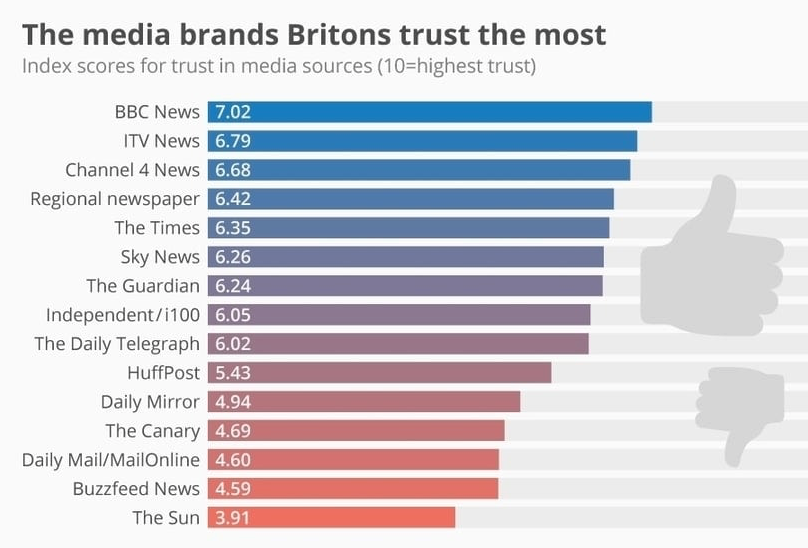 A business that does not engender trust may still make sales but it will almost certainly miss out on repeat business. Once bitten, twice shy and all that. It may be stating the obvious but, customers generally only want to do business with brands that they trust. For your business, that means honesty.
A business that does not engender trust may still make sales but it will almost certainly miss out on repeat business. Once bitten, twice shy and all that. It may be stating the obvious but, customers generally only want to do business with brands that they trust. For your business, that means honesty.
For example, you’re looking to bag a great new client for a new project. However, the deadline is super-tight and you’re not sure you’ll be able to meet it.
Trust is ignited when you tell the client about your reservations about the timeline. This is true even if it means losing out on the job. In this instance, although you didn’t bag the project, the client will remember your honesty for next time. This is opposed to the opposite scenario where you promise that the deadline will be met and then don’t deliver. You are just bound to lose yourself a client forever. At the heart of trust is communication and engagement:
Engagement
Trust and Accountability come together through engagement. In short, your customers want to be able to talk to you. An example of this would be; a customer has bought your new app after seeing an ad online.
 Unfortunately, the app doesn’t appear to be working properly. As a result, the customer tries calling…and emailing…and messaging on social media but, receives no response. At this stage, the customer would be forgiven for thinking that he or she had bought a product from a scammer or incompetent brand. Consequently, negative reviews will follow.
Unfortunately, the app doesn’t appear to be working properly. As a result, the customer tries calling…and emailing…and messaging on social media but, receives no response. At this stage, the customer would be forgiven for thinking that he or she had bought a product from a scammer or incompetent brand. Consequently, negative reviews will follow.
These days, businesses are spoilt for choice when it comes to different ways of keeping in touch with their customers. It’s so so important that they do. In the age of the internet, attention spans are short. Additionally, customers expect to be able to get an immediate response to their queries.
For your business, this means setting up clear avenues of communication. Some examples of such are Facebook messaging and email. However, make sure that these avenues are monitored regularly so that responses are swift. Even comments and messages on social media should be responded to in order to let your customers know that you’re always listening.
Today, it’s easier than ever to find out how your customers feel. Tools like sentiment analysis allow you to quickly and easily pick up on - and respond to - mentions about your brand. When a customer feels ‘heard’, he or she is much more likely to keep paying the price for your product or service; speaking of which:
In plain view
One thing that customers really really hate is hidden costs. A repeat offender with this is budget airline, Ryanair. You’ve probably seen Ryanair’s ads online and in the physical world. They offer impossibly low prices for flights to far flung destinations.
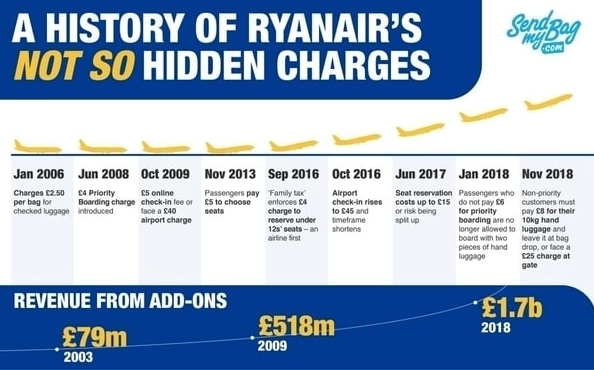 Unfortunately, once on Ryanair’s site, it quickly becomes apparent to the customer that there are tons of extra costs. Some of these include seat allocation and baggage allowance. To put it simply, hidden costs are a great way of turning customers off for good.
Unfortunately, once on Ryanair’s site, it quickly becomes apparent to the customer that there are tons of extra costs. Some of these include seat allocation and baggage allowance. To put it simply, hidden costs are a great way of turning customers off for good.
Transparency in pricing means making sure that the price that you advertise is the price that the customer will pay. If you’re quoting for a project for a client, make sure that your quote includes all the costs involved.
But, if there’s a possibility that the end price will change, let the client know upfront and explain why.
Price and cost are a fundamental part of doing business. Hence, it's the one thing which causes the most problems for businesses. If you insist on adding hidden costs to your pricing, your customers may pay the inflated price once. But they won’t do it the second time around! Award-winning software development company, Future Processing, is a world leader when it comes to transparency.
As a company that deals with a wide range of third party customers in a wide range of locations, the brand stands out by stating all costs, timelines, and intentions upfront. We’re all customers in one way or another. So, as customers, we all feel passionate about pricing and, another thing many feel passionate about is:
See-through environment ethics
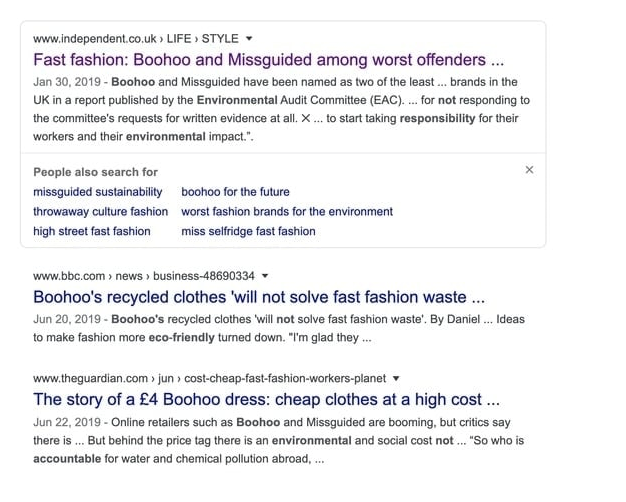 This year, businesses are being scrutinised more than ever on their impact on the environment. From cutting down on plastic packaging to responsible tourism, customers want to know what you’re doing right. And more importantly, what you’re doing wrong.
This year, businesses are being scrutinised more than ever on their impact on the environment. From cutting down on plastic packaging to responsible tourism, customers want to know what you’re doing right. And more importantly, what you’re doing wrong.
These days, there are still brands that are not on point when it comes to reducing the impact on our planet. And they are quickly sentenced to death by social media. Amazon and fashion brands such as JD Sports, BooHoo, and Missguided have recently come under fire for not being environmentally responsible enough. As a result, there was a wave of negativity on social media.
Even worse than a lack of responsibility is the brand who is dishonest about it. Amazon, Tesco and many more have recently been blasted in the media for attempting to conceal their impact on the environment.
For their customers, this has resulted in a very real lack of - say it with me - trust. When fashion brand, Burberry, was called out for burning unsold items,it responded by apologising to its customers. Further to that, they promised them that they will stop this practice with immediate effect and will, instead, recycle or donate the clothing.
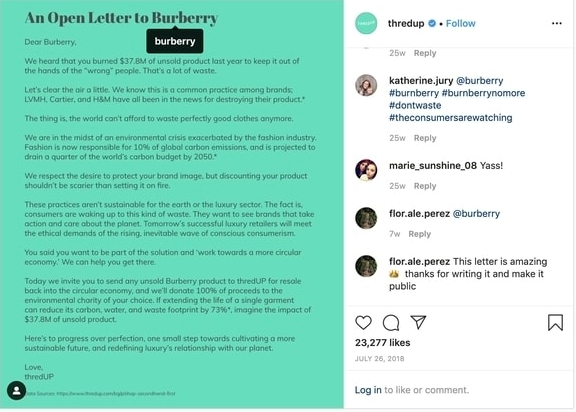
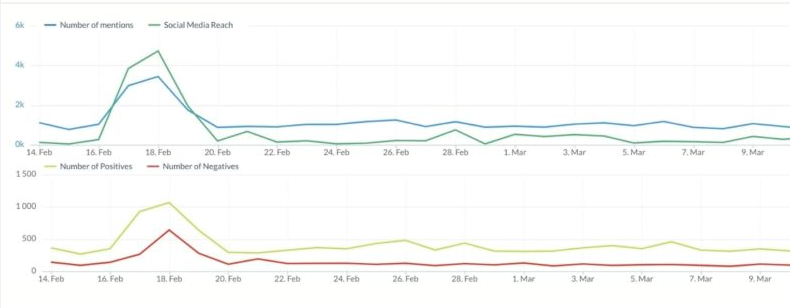
Transparency as a culture
As I’ve mentioned, transparency is about so much more than just being honest about your brand. It’s also about shining a light on your business and not being afraid to let your customers see who you really are - warts and all. There are many ways of creating a culture of transparency in your brand including:
Profit transparency
Many brands choose to win customer trust by being totally upfront about how much money they make. This is in response to criticism of companies being less than honest about how much profit they’re bagging in relation to the price of their products.
Salary transparency
A few years ago, ‘Fat Cat’ executives secretly banking huge salaries and bonuses rapidly became a thing of the past. A new wave of salary transparency has seen a large number of brands publishing their staff salaries online for all the world to see.
Social media scheduling brand, Buffer does this with a great deal of panache. Not only does Buffer publish a spreadsheet of all employee salaries - from the CEO to content crafters, it even publishes the formula which it uses to formulate those salaries.
Open door policy
 A lot of brands are taking transparency one step further. Quite literally, they are opening their doors to their customers. The trend for transparency has seen a lot of companies inviting customers. It can be either physically or virtually - to visit their premises and meet their staff.
A lot of brands are taking transparency one step further. Quite literally, they are opening their doors to their customers. The trend for transparency has seen a lot of companies inviting customers. It can be either physically or virtually - to visit their premises and meet their staff.
Shoe company, Zappos, uses this practice to great effect. They offer virtual tours of the Zappos headquarters. Furthermore, customers can schedule Q&A sessions with specific departments and watch live training events. This is a perfect example of a brand using transparency to announce to its customers - and the world - that it has absolutely nothing to hide. Much more than just a gimmick, Zappos’ customers have responded incredibly positively to the virtual tours which are extremely popular.
When I talk about transparency as a currency, I mean just that. In that, it’s as real a currency as cash, credit or a cheque (remember those?).
In a massively competitive world, particularly for startups and SMES, brands often find that they are unable to compete with others on quality of product or on price. What they can offer their customers or clients instead is a level of transparency. As a result, this translates to very real value for the business relationship.
Thoughts on the New Currency of Business
We've seen how transparency as well as social responsibility can propel your brand. By allowing your customers to see who you are, what you do and, how you do it, you’re offering so much more value than just a price discount or special offer - you’re promising a lifetime guarantee of trust.
Thank you!
Subscribe to our newsletter! Join us on social networks!
See you!






